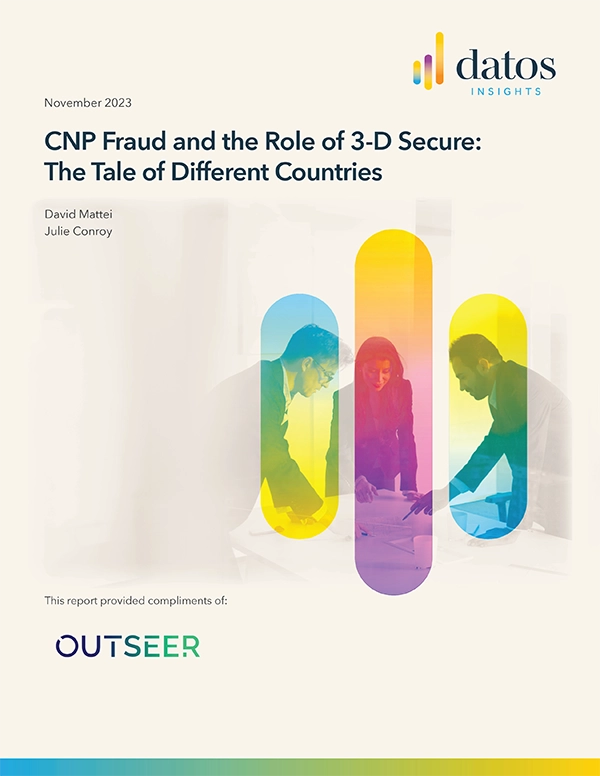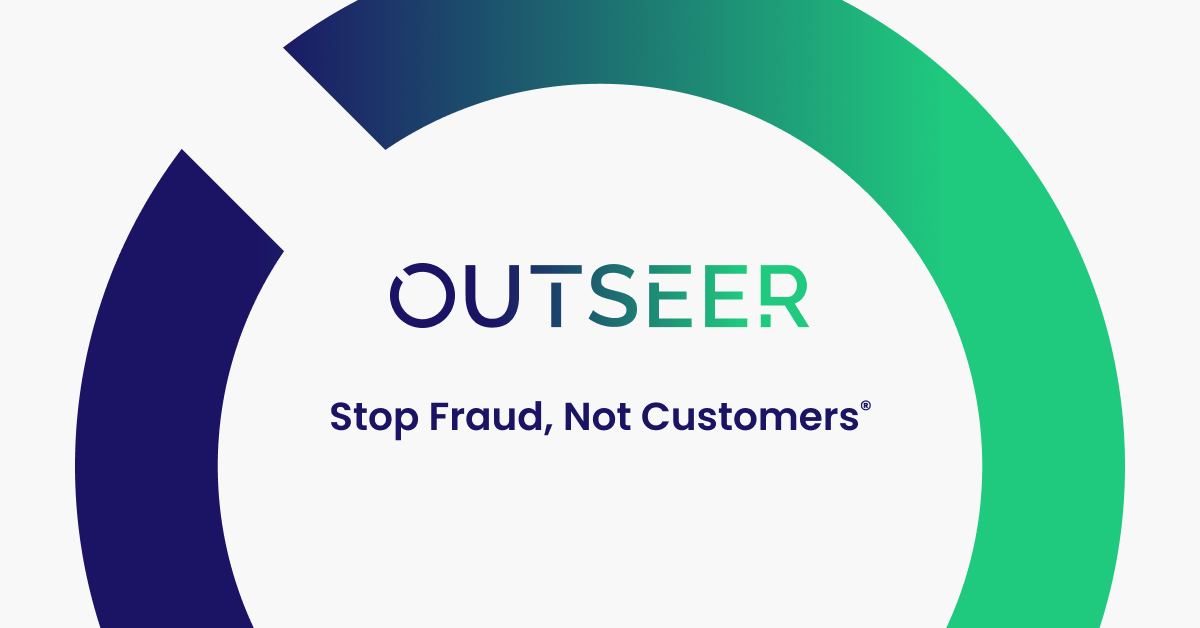MITM attacks or Man-in-the-Middle attacks are cybercrimes in which perpetrators intercept and exploit communications or data transmissions between two parties. Other common abbreviations for this type of attack include MitM, MiM, and MIM. Let’s take a closer look at MITM attacks and possible prevention tactics.
What Are MITM Attacks?
In MITM attacks, cybercriminals secretly intercept data transactions or communications between two parties in order to gain access to sensitive information, sabotage communications, or corrupt data for financial gain.
Sometimes this involves the perpetrator impersonating one of the parties in order to trick the other into revealing confidential information, such as login credentials, credit card numbers, bank account details, and more. This can include cybercriminals who spoof or infiltrate email accounts at financial institutions in order to send fraudulent email messages that dupe customers into making transfers to outside bank accounts controlled by the perpetrators.
Attacks designed to infect browsers with malicious code are often referred to as a Man-In-The-Browser attack. The objective here is to access data sent and received through the user’s web browser during transactions.
This data includes logins and other information within e-commerce and banking sites. It can even include redirecting transactions by changing the destination account or amount being sent.
Because these attacks are carried out in real time, they often go undetected until it’s too late.
Two Key Phases of MITM Attacks
There are two phases to successful MITM attacks: interception and decryption.
Interception Phase: Finding a Place in the Middle
In the interception phase, cybercriminals find a way to intercept traffic between the two victims. Some of the most common methods of this include the following:
IP Spoofing
In this method, attackers alter the source IP address in the outgoing packet header of a website, email server, or other device. The target user’s computer sees the package as coming from a legitimate source and accepts it. This tricks the user into believing they are interacting with a trusted source, when in fact the sensitive information they share during the transaction is routed straight to the cybercriminals.
DNS Spoofing
In DNS spoofing attacks, the attacker modifies the DNS (Domain Name Server) records of a legitimate website, redirecting traffic to a malicious imposter site. When victims attempt to visit what’s presented as a secure and trusted website, they are instead redirected to the attacker’s fake site. This is where the victim’s sensitive information is collected for the attacker.
Wi-Fi Eavesdropping
During this form of attack, cyber-thieves steal personal or corporate web, email, and messaging data through unsecured wi-fi networks. They could set up public hotspots with names that closely resemble those of nearby businesses or networks, tricking users into connecting to these “evil twins”, putting their data at risk.
ARP Spoofing
One common form of ARP spoofing occurs when the attacker sends fake ARP (Address Resolution Protocol) messages to associate their MAC address with the IP address of a legitimate user’s device on a local area network. This allows the attacker to gain access to any data sent from the victim’s IP address, where they can view or modify information before sending the traffic to its intended destination.
Decryption Phase: Reading The Encrypted Traffic
In the decryption phase, attackers must decrypt all the traffic they have intercepted in order to read the exchanged data. Using a proxy server sitting between the two parties, the attacker can employ several techniques to accomplish this—including SSL stripping, SSL hijacking, and HTTPS spoofing.
SSL Stripping
In SSL stripping, an attacker interrupts the security of a connection between a user and websites they visit. This is accomplished by “stripping” secure HTTPS connections of their Secure Socket Layer (SSL), downgrading the user’s connection to an unsecured HTTP version of the same site. This gives the attacker access to the secure site along with the user’s activity and any sensitive information in its unencrypted form. If the user transacts on any retail or banking sites the transaction and all data is directed to the attackers in plain text format. The website will fulfills the transaction because it has a secure connection with a computer—the attacker’s, which is acting as a proxy.
HTTPS Spoofing
HTTPS spoofing attacks are similar to SSL hijacking attacks, but in this case, the attacker uses a fake SSL certificate instead of a valid one. This certificate is used to fool victims into thinking they are connecting to a legitimate HTTPS website when they are actually connecting to the attacker’s malicious version of the website instead. The victim then inputs sensitive information, falsely assuming that the SSL certificate guarantees a secure connection.
Session Hijacking
These attacks involve the unauthorized use of session ID information to take over a browser session initiated by the user. Through their own web browser, the attackers are able to trick a legitimate website into thinking the attacker’s connection is the same as the user’s original session. This leaves the attacker free to drain bank accounts or make fraudulent purchases as if they were the legitimate user.
Who Is Vulnerable To MITM Attacks?
MITM attacks can be carried out against any individual or organization. MITM attacks are often hard to detect because attackers can hide their phishing activities in the vast amount of Internet traffic. Victims may not know they’re being attacked until it’s too late. That’s why prevention is far more important than detection if you want to be protected from MITM attacks. And spoiler alert: You do.
When an MITM attack leads to a breach of customers’ private data, companies pay $4.23 million on average, and depending on the industry, attendant regulatory fines can run as high as $487K or more.
When an MITM causes reputational damage through breaches or direct customer financial losses, other customers and prospects can grow wary of doing business with your organization. Lost customer trust and even just heightened customer suspicion can impact a company’s revenue.
Prevention Over Detection: Personal Security Measures
- When it comes to MITM attacks, putting safety first and thinking twice before sharing sensitive data on the Internet are the best tactics. A few tips can help you with that.
- Use antivirus software to protect against security threats.
- Install HTTPS Everywhere, a browser extension that enforces HTTPS in all connections and prevents cybercriminals from downgrading your connection from HTTPS to HTTP.
- Avoid Wi-Fi networks that aren’t password-protected —especially for sensitive transactions that require personal information.
- Turn on VPN (Virtual Private Network) when using a public internet connection. VPNs keep your private data encrypted, meaning attackers can’t read or use it.
- Don’t stay logged into financial websites, such as an online banking or a PayPal account.
- Don’t use the same password for all your accounts, and change your passwords on a regular basis.
- Use a password manager to ensure your set passwords are as strong as possible.
How to Protect Organizations from MITM Attacks
Organizations have a greater responsibility for installing proper defenses against MITM attacks, given the data security risks they pose to customers, employees, partners, and more. With that in mind, organizations are advised to do the following.
Invest in a Proactive Cybersecurity Team
Having an internal team of cybersecurity experts is an important step for protecting your company from MITM attacks and countless other cyber threats. These experts must continuously monitor your network for suspicious activity, identify vulnerabilities, and deploy countermeasures to prevent or neutralize attacks. They should also have a rapid response plan in the event of successful attacks.
By being proactive, you can help mitigate the damage caused by an MITM attack and protect your company’s data and its customers. But word to the wise: While deep packet inspection (DPI) and other forms of forensic analysis can help identify anomalous traffic that could signal a MITM attack, they’re inherently after-the-fact. Basic Intrusion Detection and Prevention Systems (IDPS) and patch management only go so far. A go-it-alone approach is not advised. Outside expertise, tools, and data can make all the difference between success and failure in your security stack.
Deploy Digital Risk Protection
Besides employing strong firewalls, endpoint security, or properly configured servers and systems, your layered approach to digital risk management must entail assessing, monitoring, and neutralizing threats that can wreak operational, financial, and reputational carnage—including MITM attacks—before they cause harm.
This includes defenses against schemes that exploit your corporate identity, network, or accounts in the intercept phase of MITM attacks. It also requires protections against attempts to weaponize compromised connections between users and your website or other digital properties.
Outseer’s own digital risk solutions, for instance, include comprehensive, 24/7 threat management services that keep your employees and customers safe from phishing and malware used in the intercept phase of MITM attacks. They also include risk-based payment authentication and account monitoring tools that detect 95% of fraud stemming from the attempted exploitation of intercepted data and communications, with intervention rates as low as 5%. That’s the best performance in the industry.
Train Employees on Best Practices Against MITM Attacks
If your employees are unaware of the threat of MITM attacks, they may be more likely to interact with platforms or websites that could put your company at risk. Educate your staff, especially remote workers, on implementing a VPN before going online, using HTTPS Everywhere, avoiding public Wi-Fi networks at all costs, and other basic forms of cyber-hygiene that help thwart MITM and other attacks. Host frequent team discussions and training sessions on cybersecurity, so everyone is up to date on the latest threats and how to stop them.
Ditching the ‘Middle’ Man, Not Your Digital Operations
MITM attacks can be challenging to detect and prevent, but there are a few things you can do to reduce the risk. Investing in proper defenses and increasing employee awareness are the best ways to protect your company.
If you think your company has been the victim of a MITM attack, it’s essential to act quickly. Notify your security team and investigate the incident thoroughly. Restoring data from backups, changing passwords, and network monitoring can help mitigate the damage caused by an attack.
But remember: An ounce of prevention is worth a pound of detection. To put the kibosh on future MITM attacks, deploy solutions that leverage data science expertise and globally shared identity and transaction intelligence to assess user activities and transactions in real time to protect against MITM attacks—before they can cause financial and reputational harm. To learn more, schedule a free demo today.















